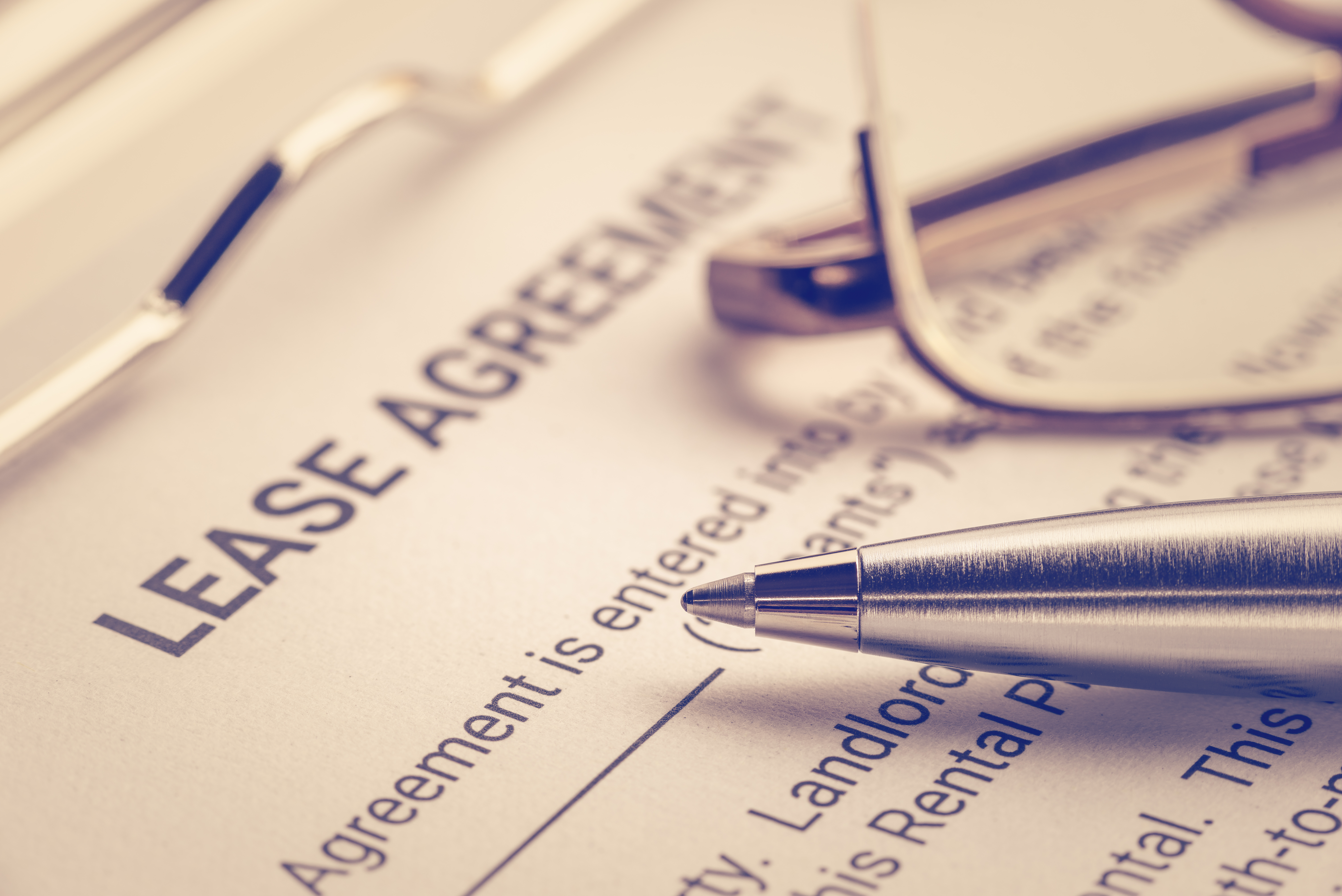For a real estate agent, complicated negotiations are just part of the job.
And when it comes to commercial real estate, negotiating a leasing agreement between a landlord and tenant can get tricky. No matter what side you’re on, it’s your job to juggle the needs of your client while navigating legal jargon to finalize the terms of the lease.
In order to provide your clients with the best advice, it’s imperative to know the ins and outs of the different types of leases. In this article, we’ll discuss the details of each commercial lease, and what it means for tenants and landlords.
Types of commercial leases
Commercial property leases are often long-term and costly. For many businesses, their physical location has a direct impact on their revenue and overall success. For this reason, it’s imperative for a leasing real estate agent to have a strong understanding of the different types of leasing agreements before their client signs on the dotted line.

Full service lease
In a full service lease, sometimes referred to as a gross lease, the landlord covers all of the operating expenses related to the unit or space that is occupied by the tenant. This includes insurance, property taxes, and maintenance costs. The tenant is only responsible for paying rent. Sometimes, a full service lease will include an “expense stop” that caps the amount a landlord is required to pay. If the operating expenses exceed this expense stop, the tenant will be responsible for paying them.
Most landlords account for these operating costs by bumping up the price of rent. However, this type of lease is inherently a bigger risk for the landlord since there could be unforeseen increases to their usual monthly expenses. That’s why most landlords will opt for a lease with terms that shift some of this risk to the tenant – more on this next.
Modified gross lease
Under a modified gross lease, the tenant pays their rent plus a portion of the operating expenses after the first year. The terms of this type of lease will vary greatly from one landlord to the next. Most commercial leases will fall under this category, since it holds both the landlord and the tenant accountable for a portion of the operating expenses. This type of agreement falls somewhere between a full service lease and a net lease, which we’ll talk more about next.
Net lease
In a net lease, the tenant is responsible for paying a portion of the unit’s operating expenses, in addition to their monthly rent. As a reminder, operating expenses include insurance, property taxes, and maintenance costs.
There are four variations of the net lease:
- Single net lease: In a single net lease, the tenant is responsible for one of the three major operating costs associated with the space.
- Double net lease: A double net lease stipulates that the tenant must pay two of the three major operating costs.
- Triple net lease: This is the opposite of a full service lease. With a triple net lease, all of the operating costs are the responsibility of the tenant, in addition to their monthly rent.
- Absolute lease: In an absolute lease, the tenant covers rent and all operating expenses including any repairs to the roof and structure of the building.
By requiring a net lease, the landlord protects their assets by putting some of the risk on the shoulders of the tenant.
Percentage lease
A percentage lease only applies to retail commercial properties. With this type of lease, the tenant pays rent and a percentage of their monthly gross sales to the landlord. The base rent is usually decided on a per square foot basis and the percentage will vary from one landlord to the next.
This type of lease model is most common in shopping centers or strip malls. These types of properties are set up in a way that is meant to bring in foot traffic to benefit the businesses that are placed there. For example, a health food store will be located next to a pilates studio and a fitness clothing retailer. Property owners are able to require a percentage lease of their tenants because of inherent benefit.
Lease lessons
Juggling the needs of a tenant or landlord isn’t always easy – especially when it comes to commercial property that can directly affect someone’s business. Now that you’re armed with all the information you need about the different types of leases, you’re on your way to helping your clients make the decision that is best for them and that the other side agrees to. After all, negotiation is all about compromise.
Looking to brush up on your real estate terminology? Check out this glossary of 50 common terms to know.



 by Izabelle Hundrev
by Izabelle Hundrev
 by Ashleigh Popera
by Ashleigh Popera
 by Mary Hart
by Mary Hart